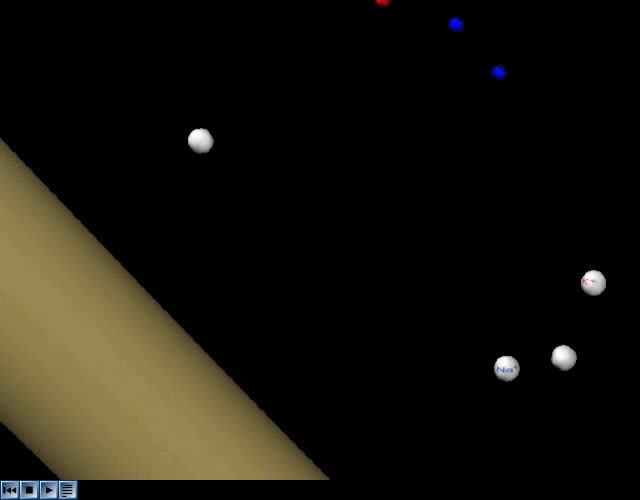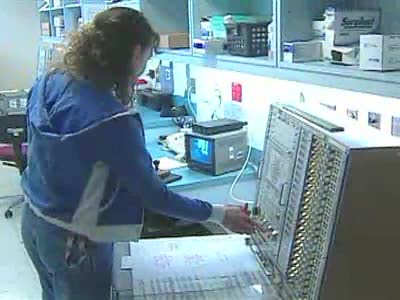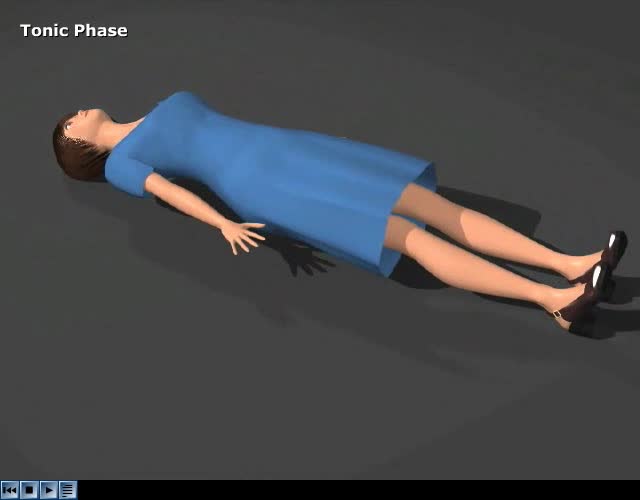Studying the Left and Right Brain Independently
By: Administrator
Date Uploaded: 05/02/2019
Tags: Epileptic Seizure Epilepsy Epileptic Seizure Animation
Attachments: image.png (17KB)
A seizure, technically known as an epileptic seizure, is a period of symptoms due to abnormally excessive or synchronous neuronal activity in the brain. Outward effects vary from uncontrolled shaking movements involving much of the body with loss of consciousness (tonic-clonic seizure), to shaking movements involving only part of the body with variable levels of consciousness (focal seizure), to a subtle momentary loss of awareness (absence seizure). Most of the time these episodes last less than 2 minutes and it takes some time to return to normal. Loss of bladder control may occur. Seizures may be provoked and unprovoked. Provoked seizures are due to a temporary event such as low blood sugar, alcohol withdrawal, low blood sodium, fever, brain infection, or concussion. Unprovoked seizures occur without a known or fixable cause such that ongoing seizures are likely. Unprovoked seizures may be triggered by stress or sleep deprivation. Diseases of the brain, where there has been at least one seizure and a long term risk of further seizures, are collectively known as epilepsy. Conditions that look like epileptic seizures but are not include fainting, nonepileptic psychogenic event, and tremor. A seizure that lasts for more than a brief period of time is a medical emergency. Any seizure lasting longer than 5 minutes should be treated as status epilepticus. A first seizure generally does not require long term treatment with anti-seizure medications unless a specific problem is found on electroencephalogram (EEG) or brain imaging. Typically it is safe to complete the work-up following a single seizure as an outpatient. In many, with what appears to be a first seizure, other minor seizures have previously occurred. Up to 10% of people have at least one epileptic seizure. Provoked seizures occur in about 3.5 per 10,000 people a year while unprovoked seizures occur in about 4.2 per 10,000 people a year. After one seizure, the chance of experiencing a second is about 50%. Epilepsy affects about 1% of the population at any given time with about 4% of the population affected at some point in time. Nearly 80% of those with epilepsy live in developing countries. Many places require people to stop driving until they have not had a seizure for a specific period of time.
Add To
You must login to add videos to your playlists.
Advertisement












Comments
0 Comments total
Sign In to post comments.
No comments have been posted for this video yet.